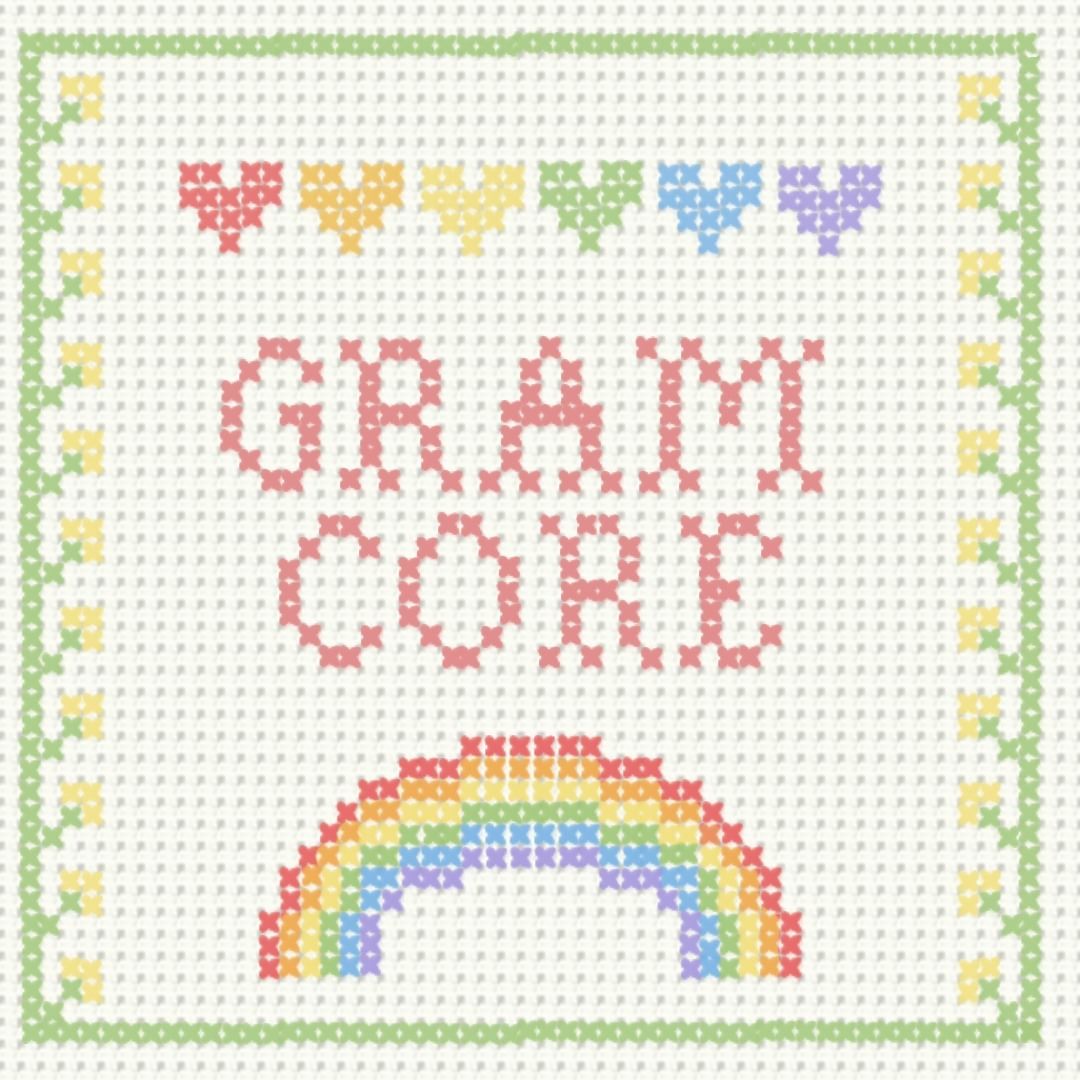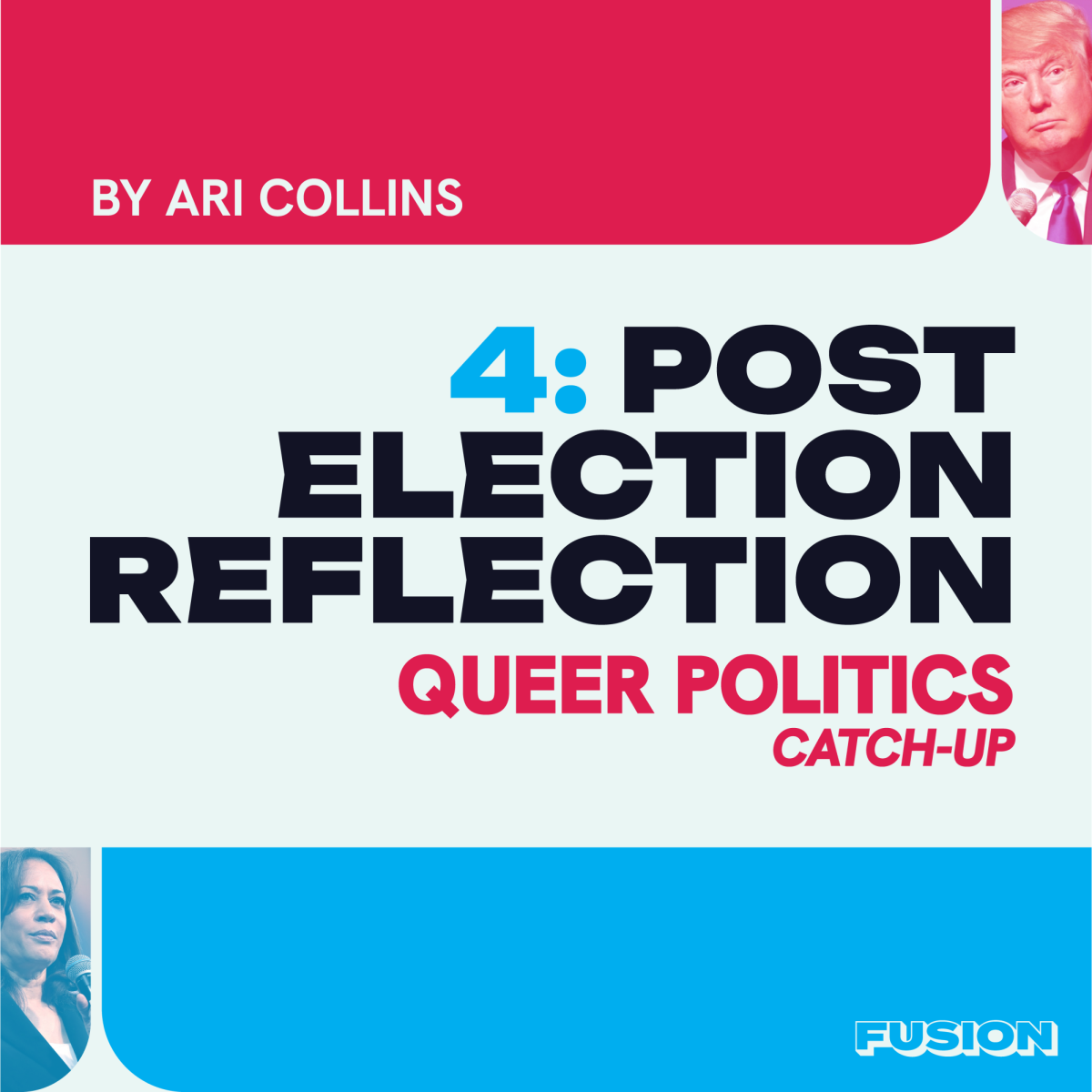Learn more about good pronoun habits!
DO
Share your pronouns when introducing yourself and include them on email signatures or social media pages if you are comfortable doing so. This can sound like “hi, I’m Amanda and I use she/her pronouns.”
Ask for others’ pronouns, but don’t force them to share. Not everyone is out or comfortable sharing. Try saying something like “can everyone introduce themselves with their name and pronouns if you feel comfortable doing so?”
Use they/them pronouns if you are unsure what someone’s pronouns are, then switch to using their preferred pronouns. If you continue to use they/them after being informed someone uses different pronouns, that is still misgendering.
Alternate pronouns if someone uses multiple. For example, someone could introduce themselves with he/they pronouns, meaning they want to use both. Try rotating between the different pronouns. This could sound like “I talked with them earlier, he’s going to meet us this evening.”
Correct people in a non-inflammatory way if you hear or see them using someone’s incorrect pronouns. For example, “oh by the way, Amanda uses she/her pronouns.”
DON’T
Make a big deal or draw a lot of attention if you mess up someone’s pronouns. This often makes the other person feel uncomfortable. Just apologize, correct yourself and move on smoothly. For example, “and then he, I’m sorry, she said…”
Assume someone’s pronouns. Regardless of stereotypes and trends, it’s impossible to know someone’s gender and preferred pronouns by their appearance. It’s always best to ask when possible.
Get upset if someone corrects you when you use the wrong pronouns. Mistakes happen, thank them for correcting you and remember it going forward. And don’t make it about you and how hard you’re trying.
Single out one person when asking a group for pronouns. This could leave the person feeling targeted and called out. It’s best to ask each person, or the group as a whole.

































